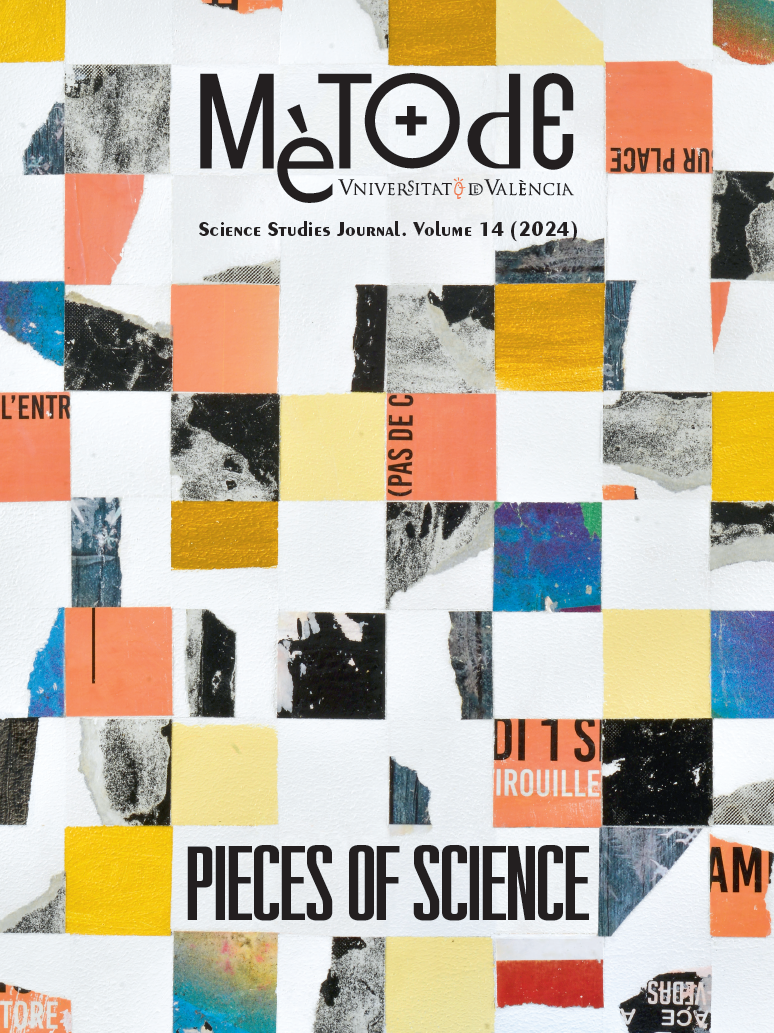Madame Davit: Enjoying nature: Botanical illustration from a gender perspective
DOI:
https://doi.org/10.7203/metode.14.25553Keywords:
Suzanne Davit, botanical illustration, nature aesthetics, gender perspective, epistolary sorority Abstract
Abstract
Suzanne Davit (Paris, 1897–Barcelona, 1973) is little known and studied, despite the relevancy of her legacy to the Catalan botanical illustration of the early and mid-20th century. Great botanists such as Pius Font i Quer greatly valued her unique way of capturing nature. As a woman and an artist who was passionate about nature and who was also scientifically very curious, her representation of plants was different from the typical work of the time. Her innovations are interpreted as an alternative artistic discourse to the dominant patriarchal dialogue and a manifestation of the female touch. Access to unpublished documents – Davit’s correspondence with a friend – has made it possible to reconstruct some of the key aspects of her work, involving the crossroads between the aesthetic exaltation of flowers and a gender perspective.
 Downloads
Downloads
 References
References
Dyson, J. (2003). Botanical illustration or flower painting: Sexuality, violence and social discourse. Colloquy, 7. https://www.monash.edu/__data/assets/pdf_file/0005/1768379/dyson.pdf
Font Quer, P. (1958). Botánica pintoresca. Ramón Sopena SA.
Font Quer, P. (1973). Plantas medicinales: El dioscórides renovado. Labor.
Pearsall, W. H. (1949). Autumn colours. Endeavour, 8(3), 157–162.
Puche, C., Puche, C., Romo, À., & Susanna, A. (2007). Una il·lustradora a l’Institut Botànic de Barcelona. http://hdl.handle.net/10261/112038
Sennett, R. (2009). El artesano. Anagrama.
Downloads
Published
How to Cite
-
Abstract1021
-
PDF165
Issue
Section
License
![]()
All the documents in the OJS platform are open access and property of their respective authors.
Authors publishing in the journal agree to the following terms:
- Authors keep the rights and guarantee Metode Science Studies Journal the right to be the first publication of the document, licensed under a Creative Commons Attribution-NonCommercial-NoDerivatives 4.0 International License that allows others to share the work with an acknowledgement of authorship and publication in the journal.
- Authors are allowed and encouraged to spread their work through electronic means using personal or institutional websites (institutional open archives, personal websites or professional and academic networks profiles) once the text has been published.





